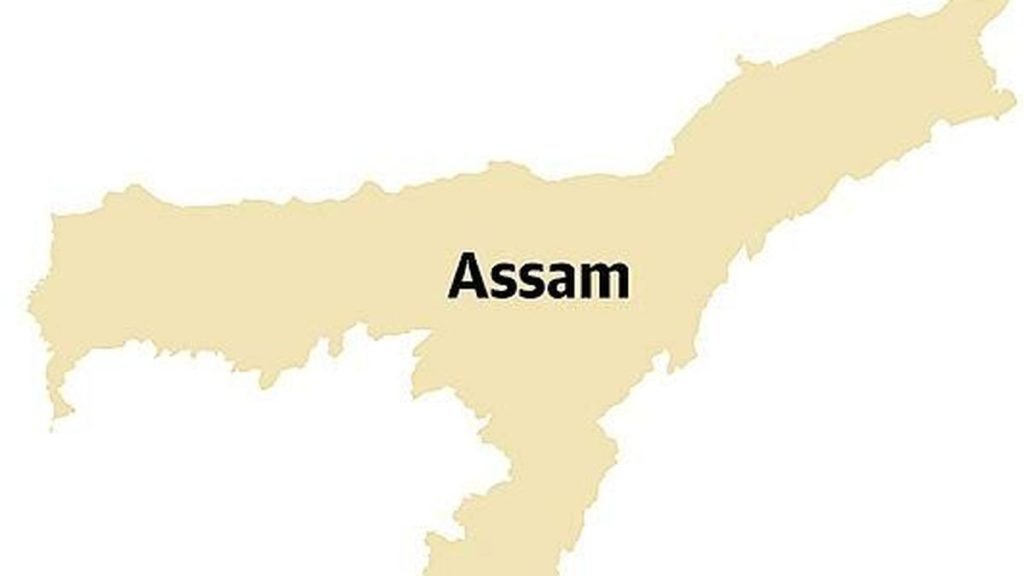Now Reading: Cauvery River Swells, Floodwaters Reach Low-Lying Areas in Erode
-
01
Cauvery River Swells, Floodwaters Reach Low-Lying Areas in Erode
Cauvery River Swells, Floodwaters Reach Low-Lying Areas in Erode
Quick Summary
- The discharge from Mettur Dam into Cauvery River reached 1 lakh cusecs on July 28, 2025, causing floodwaters to enter low-lying areas in Bhavani municipal limits, Tamil Nadu.
- Vulnerable residential areas include Kandhan Nagar, Cauvery Nagar, Pasuveswarar Street, and Palakarai. Water has entered Cauvery Nagar but not yet inside residents’ homes; most continue to remain in their houses.
- The old bridge connecting Bhavani and Kumarapalayam has been closed as a precaution. Authorities are actively monitoring the situation and issuing advisories.
- Disaster Management officials identified 42 vulnerable locations across 30 revenue villages; evacuations would commence only if the water discharge exceeds 1.70 lakh cusecs. NDRF and SDRF teams are on standby with relief centres readied for evacuation if needed.
- Boat services between Nerinjipettai (Erode) and Poolampatti (Salem) have been suspended; devotees are barred from bathing at religious ghats due to safety concerns.
- In related developments: Discharge from Bhavanisagar Dam has affected parts of Bhavani’s Kuppam locality but remains outside residences; Kodiveri Anicut is closed to tourists until further notice.
indian Opinion Analysis
The flooding caused by high water discharge from Mettur Dam highlights the vulnerability of low-lying areas along major rivers like the Cauvery in Tamil Nadu during monsoon seasons or reservoir releases. While proactive measures-such as restricting public access near rivers, deployment of disaster relief teams, and identification of evacuation facilities-demonstrate preparedness by authorities, this event underscores ongoing challenges related to urban planning near flood-prone zones.
The situation also raises vital questions about balancing water management priorities: ensuring adequate irrigation while mitigating risks to nearby settlements during heavy dam discharges. As climate patterns evolve unpredictably with extreme precipitation events becoming more frequent globally, building resilient infrastructure may offer long-term solutions for regions prone to flooding disasters.
Further vigilance will be key as officials monitor changing water levels before initiating evacuations or rescue operations-a critical response phase should circumstances escalate beyond control.
Read more: Link
























